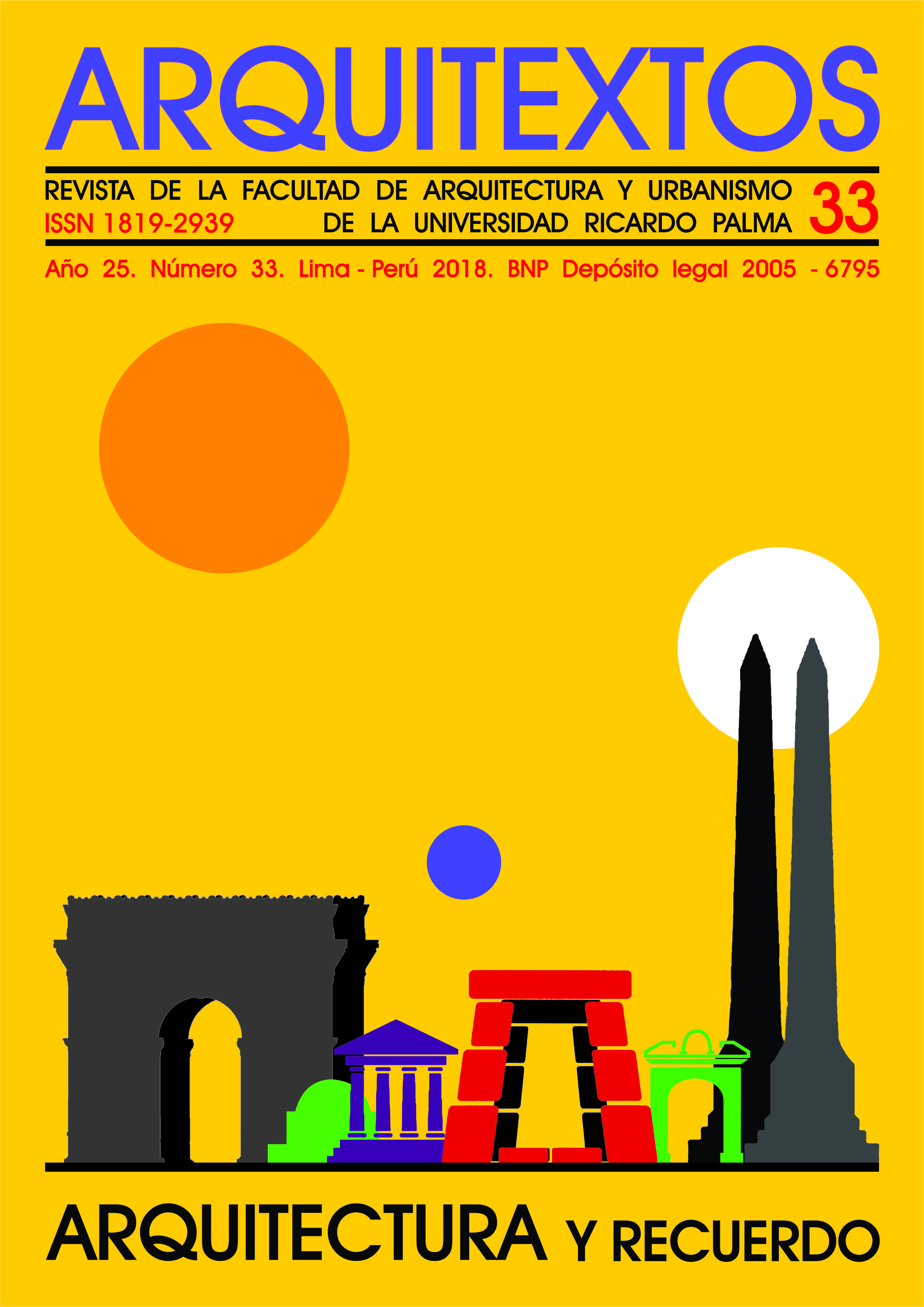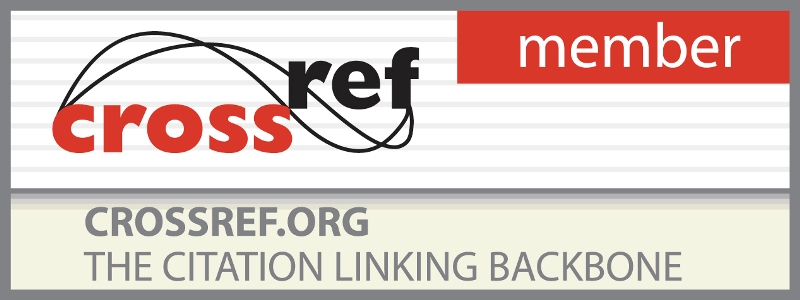Repetion, reproduction, imitation and memory. From art to the architecture of the modern movement in Peru
DOI:
https://doi.org/10.31381/arquitextos33.1857Keywords:
memory, repetition, reproduction, imitation, modern movement, LimaAbstract
The present work aims to discuss the notions of repetition and reproduction throughout the history of art and architecture by establishing the basic elements for a reflection on the relationship between these concepts and the architecture of the Modern movement in Peru between 1945 and 1965. In Peru, during the twentieth century, arose the idea of having an architecture with a strong identity based on the country’s pre-Columbian and Hispanic heritage. This produced the emergence of the neo-Colonial, Indigenist and the Neo-Peruvian movements, before developing the Peruvian modern architecture. This stage gave place to the “Agrupación Espacio” that proposed ideas of change for the country, through the concept of modernity not only in architecture but also throughout culture and art. This movement was diffused by a group of artists and architects led by Luis Miró Quesada. At the same time Enrique Seoane Ros, who did not belong to the group, evolved and developed
modern architecture from his own perspective.








